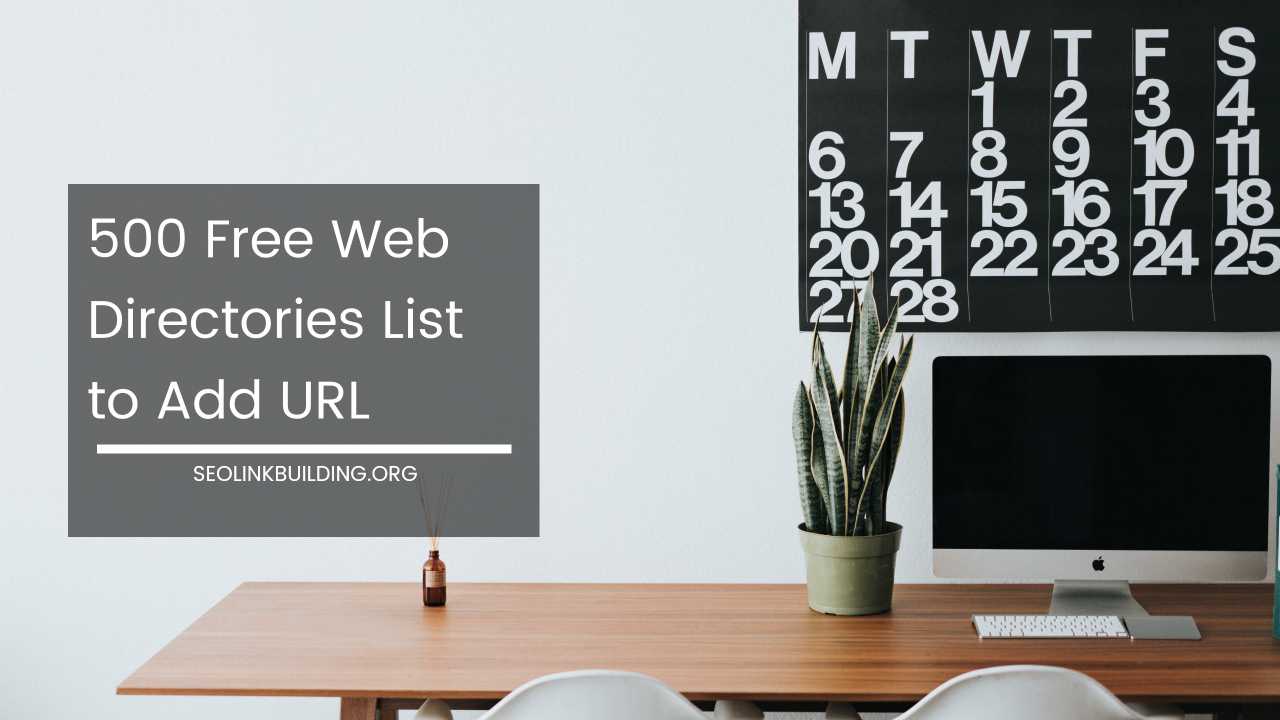Access for Everybody – Why Your Business Needs to Be Complaint

Access for Everybody
Access for Everybody: Why Your Business Needs to Be a Champion of Inclusion
In a world striving for diversity and equality, businesses can no longer afford to overlook a significant segment of the population. People with disabilities represent a vast and vibrant community, with a growing influence on the consumer market.
By prioritizing accessibility, you’re not just ticking a legal box; you’re unlocking a world of opportunity and establishing your brand as a true champion of inclusion.
The Power of Accessibility
Accessibility goes beyond ramps and braille signs. It’s about creating an environment – physical, digital, and communicative – that welcomes and empowers everyone, regardless of ability. This can encompass a wide range of considerations:
-
Physical Accessibility: This ensures a barrier-free space, with features like ramps, elevators, wider aisles, accessible restrooms, and assistive listening systems for those with hearing impairments.
-
Digital Accessibility: Websites and online platforms should be user-friendly for everyone. This means clear and concise language, proper keyboard navigation, screen reader compatibility, alt text descriptions for images, and captions for videos.
-
Information Accessibility: Documents, presentations, and marketing materials should be available in various formats, including audio descriptions for visuals and transcripts for audio content.
-
Communication Accessibility: Offer alternative communication options like email, live chat, or video conferencing for those who may struggle with phone calls.
Beyond Compliance: The Business Case for Accessibility
There’s a misconception that accessibility is a costly burden on businesses. But the truth is, it’s a smart investment with far-reaching benefits:
-
Expanding Your Market Reach: Consider this: according to the World Health Organization, over 1 billion people globally live with disabilities. That’s a massive potential customer base you’re excluding if your business isn’t accessible.
-
Enhanced User Experience for Everyone: Accessible features like clear website navigation or captions on videos benefit everyone, not just those with disabilities. They create a more intuitive and user-friendly experience for all your customers.
-
Boosting Brand Reputation: In today’s socially conscious world, consumers actively seek brands that demonstrate inclusivity. By prioritizing accessibility, you send a powerful message about your company’s values, fostering brand loyalty and attracting positive media attention.
-
Improved Employee Satisfaction: Accessibility isn’t just about customers; it’s about your workforce too. By creating an inclusive workplace with accessible tools and resources, you’re attracting and retaining top talent from a wider pool of qualified individuals.
-
Reduced Legal Risks: Many countries have regulations mandating accessibility standards for businesses. Non-compliance can lead to hefty fines and legal repercussions. Proactive accessibility ensures you’re operating within the legal framework.
Breaking Down the Barriers: Practical Steps to Accessibility
The good news is that creating an accessible business environment doesn’t have to be a complex or expensive process. Here are some actionable steps you can take:
-
Conduct an Accessibility Audit: Identify areas for improvement by performing an audit of your physical location, website, and communication methods. Involve employees with disabilities in the process to gain valuable insights.
-
Set SMART Goals: Establish clear, measurable, achievable, relevant, and time-bound goals for accessibility improvements. This helps you track progress and stay motivated.
-
Educate Your Team: Train your employees on the importance of accessibility and equip them with the knowledge and skills to provide excellent service to customers with disabilities. This can include sensitivity training and practical workshops.
-
Leverage Available Resources: Many organizations offer invaluable resources on accessibility best practices and compliance regulations. For instance, the World Wide Web Consortium (W3C) Web Accessibility Initiative (WAI) provides extensive guidelines and tools: https://www.w3.org/WAI/.
Accessibility Beyond the Obvious: Addressing Hidden Disabilities
Accessibility isn’t just about physical limitations. Many people experience “hidden disabilities” like dyslexia, ADHD, or chronic pain. Here’s how you can cater to these needs as well:
-
Cognitive Accessibility: Use clear and concise language in your marketing materials and website content. Offer text alternatives for complex information and allow users to adjust font size and color schemes.
-
Neurodiversity Considerations: People with ADHD may benefit from features like progress bars for tasks and the ability to pause and resume video content. Individuals with dyslexia might appreciate options like dyslexia-friendly fonts and audio versions of text content.
-
Addressing Sensory Sensitivities: Provide adjustable lighting options in your physical space and consider offering noise-cancelling headphones or quiet areas for customers who are sensitive to loud noises.
The Future of Accessibility: Innovation and Emerging Technologies
Here are some exciting trends in accessibility powered by cutting-edge technology:
-
Artificial Intelligence (AI): AI can play a transformative role in accessibility. AI-powered tools can:
- Automate accessibility testing: Identify and address accessibility issues on websites and digital platforms.
- Generate real-time captions and transcripts: Improve access to audio and video content for people with hearing impairments.
- Develop intelligent user interfaces: Adapt to individual needs and preferences, providing a personalized and accessible experience.
-
Virtual Reality (VR) and Augmented Reality (AR): These immersive technologies can be harnessed for accessibility training, allowing employees to experience various disabilities firsthand and fostering empathy. Additionally, AR can provide real-time guidance and information for people with visual impairments.
-
Brain-Computer Interfaces (BCIs): While still in its early stages, BCI technology has the potential to revolutionize accessibility for people with severe motor limitations. BCIs could allow direct control of devices and digital interfaces through brain signals.
-
Assistive Technologies (AT): Wearable technology like smart glasses and exoskeletons are constantly evolving, offering new possibilities for independent living and enhanced accessibility for people with physical limitations.
Building a Culture of Accessibility
Accessibility isn’t just about ticking boxes or implementing technologies. It’s about fostering a culture of inclusion within your organization. Here’s how to achieve this:
-
Leadership Commitment: Accessibility needs to be championed from the top down. Leaders must demonstrate a strong commitment to creating an inclusive environment and allocate resources for accessibility initiatives.
-
Accessibility Champions: Create an accessibility task force or appoint accessibility champions within your organization to spearhead efforts and raise awareness.
-
Inclusive Design: Integrate accessibility considerations from the very beginning of the design and development process, rather than as an afterthought. This ensures accessibility is woven into the fabric of your products, services, and environments.
-
Continuous Improvement: Accessibility is a journey, not a destination. Regularly review and update your accessibility practices as technology evolves and user needs change.
Final Word: The Accessibility Advantage
By embracing accessibility, you’re not just complying with regulations or following a trend. You’re making a conscious choice to be a responsible and inclusive business that caters to a diverse customer base.
In today’s competitive landscape, accessibility isn’t just the right thing to do, it’s a strategic advantage. It allows you to tap into a vast market, build brand loyalty, and attract top talent.
By fostering a culture of inclusion and harnessing the power of technology, you can create a truly accessible experience for everyone, shaping a more equitable future.
Taking Action:
Here are some resources to get you started on your accessibility journey:
- The World Wide Web Consortium (W3C) Web Accessibility Initiative (WAI): [https://www.w3.org/WAI/]
- The National Center for Disability and Journalism (NCDJ): https://ncdj.org/
- The American Association of People with Disabilities (AAPD): https://www.aapd.com/
Remember, accessibility is an ongoing process. By taking the first step and continuously striving for improvement, you can make a significant difference in the lives of your customers, employees, and the wider community.













